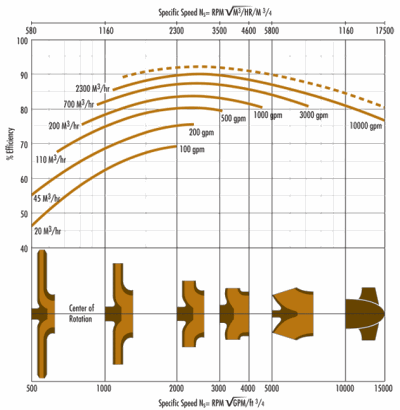Standard is NORSOK P-002, section 22 - Oily Water treatment. Standard instructs to use low shear pumps and valves upstream the treatment system to avoid shearing and break-up of oil droplets.
Regarding water treatment, you correct in some way about handling it. There are three ways to go:
- clean the oil down to certain ppm (29ppm in North Sea) and dispose
- clean to reinject produced water into the reservoir. In this case, the requirements to water quality is actually even stricter in certain aspects, since some contaminants might react with the reservoir rock, and deteriorate the injectivity, leading to problems.
- clean to dispose into another formation. Again requirements are quite strict, since some contaminants might deteriorate the injectivity.
I know that some research on shearing characteristics of different pump types was done in late 80's, early 90's, specifically by Flanigan. His conclusion was that PCP type is best, and PD generally performed better than centrifugal type. I guess, majority of oil companies use PCP pumps in water treatment systems. But I could not find any infographics on that, whatsoever.

